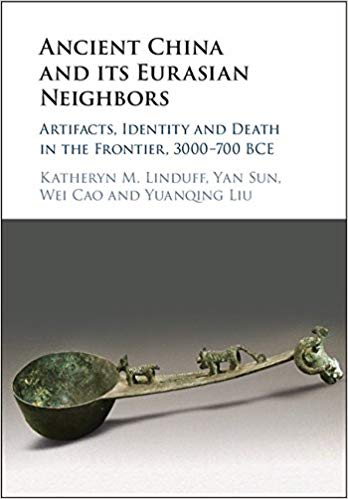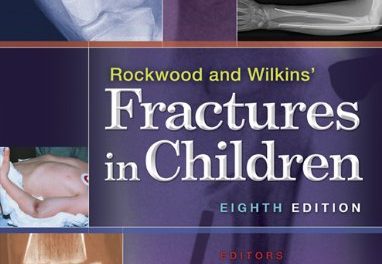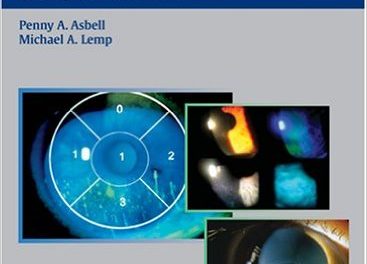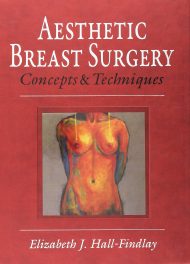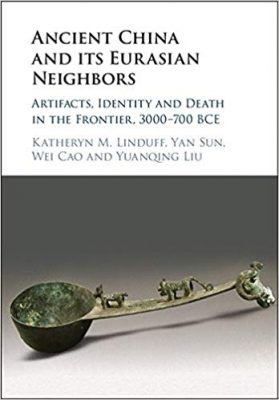 Editors: Katheryn M. Linduff, Yan Sun, Wei Cao, and Yuanqing Liu
Editors: Katheryn M. Linduff, Yan Sun, Wei Cao, and Yuanqing Liu
Publisher: Cambridge University Press – 278 pages
Book Review by: Sonu Chandiram
This book is about archaeological objects that were used over a 2,300-year period spanning from around 3,000 to 700 BCE (Before Common Era, meaning the same as BC (Before Christ) and the year AD 1 (Anno Domini).
These objects were used in northwest China, particularly in Xinjiang, the largest autonomous region of China comprising of around 643,000 square miles (1.67 million square kilometers) or about the size of Iran. Xinjiang contains the disputed territory of Aksai Chin claimed by India, and these countries surround its large border: Afghanistan, Kazakhstan, Kyrgyzstan, India, Mongolia, Pakistan, Russia, Tajikistan, and Tibet.
The rugged Karakoram, Kunlun, and Tian Shan mountain ranges occupy much of the land within the borders of Xinjiang. The well-known ancient route of the historical Silk Road ran through its territory from the east to its northwestern border. Abundant oil and mineral reserves have been found in recent decades in Xinjiang, and it is now China’s largest gas-producing region.
Some 22 million people as of 2019 of various ethnicities (mainly Uyghur and Han) live in Xinjiang, which was formerly a province of China but became an autonomous region in 1955. Uyghur and Mandarin are the region’s two official languages, but some 45 languages are spoken there. This area is often referred to in short as XUAR (Xinjiang Uyghur Autonomous Region).
The editors describe this region as an “ambiguous space that lay at the margins of direct political control by the metropolitan states, where local and colonial ideas and practices were reconstructed trans-culturally.”
But the focus of this book is not its political history but its artifacts, and the details of those are provided within its five chapters, namely:
- Shaping the study of Inner Asian Artifacts and Mental Boundaries
- Technoscapes and the Materialization of Ideas in Metal and on the Inner Asian Frontier
- Identity and Artifacts on the North Central and Northeastern Frontier During the Period of State Expansion in the Late Second and the Early First Millennium BCE.
- The Rise of States and the Formation of Group Identities in the Western Regions of the Inner Asian Frontier (C. 1500 to the Eighth Century BCE)
- Final Statement / Conclusions and Future Challenges
From an archaeological standpoint, the editors describe the region they traveled to and explored, this way: “We think that this region is best described as a multi-centered frontier, one where allegiances shift constantly and where self-identified units were generated, established, and collapsed. The variation identified in material culture, especially as deposited in burials, might have indicated differences in lifeways, languages, customs and ambitions. We use concepts called technoscapes, lineagescapes, regionscapes, and individualscapes to discuss the archaeological and inscriptional data at different scales, and in the process also distance ourselves from a Sinocentric view.”
The editors point out their analysis of the material evidence they found (artifacts) and discuss in this book s intended to shift from the search for sources of the core culture and who contributed to it, to rather an examination of the diversity and flexibility of the cultures outside of the dynamic centers.
Traveling to and looking at vast multicultural nature of northwest China with its many ethnicities must have, I am sure, an extremely difficult task, so I must say that the product of their efforts – this book – sheds new light on the nature of this vast area and its diversity. This is an excellent, eye-opening, and pioneering work, adding important knowledge about this region of the world.
Editors:
Katheryn M. Linduff is a professor in the Departments of Art History and Anthropology at the University of Pittsburgh. She has engaged for many years in art-historical and collaborative archaeological fieldwork, focusing on the pre- and early history, including the Bronze and Iron Age, of the Northern Zone. She has published extensively on metallurgy, gender, China and Eurasia, the archaeology of the Inner Asian Frontier and artifacts. Most recently, she co-edited Social Complexity in Prehistoric Eurasia: Monuments, Metals and Mobility (Cambridge University Press, 2009).
Yan Sun is a professor of Art History at Gettysburg College in Pennsylvania. Her research interests are regional bronze cultures in north China and the interplay between material culture, social identities and power during the Shang and Western Zhou periods. She has published in the International Journal of Archaeology, Asian Archaeology’s inaugural edition, and Antiquity.
Wei Cao is a historian, a field archaeologist and a scholar specializing in ancient bronzes. He was previously a senior fellow and the deputy director of the Museum of the Terracotta Army of the Qin Emperor in Shaanxi, China. He currently holds a professorship at Shaanxi Normal University. He serves as a board member of the Association for the Study of the Yin/Shang Culture. His research and publications focus on the Zhou bronzes and their uses in ritual practice.
Yuanqing Liu is a PhD candidate at Shaanxi Normal University completing a dissertation on the regional bronze history of the Western Zhou period. She spent one year as a visiting graduate student at the University of Pittsburgh, where she helped to develop and analyze a vast amount of previously undigested literature and materials from the northwest of present-day China in the period of the Western Zhou.

